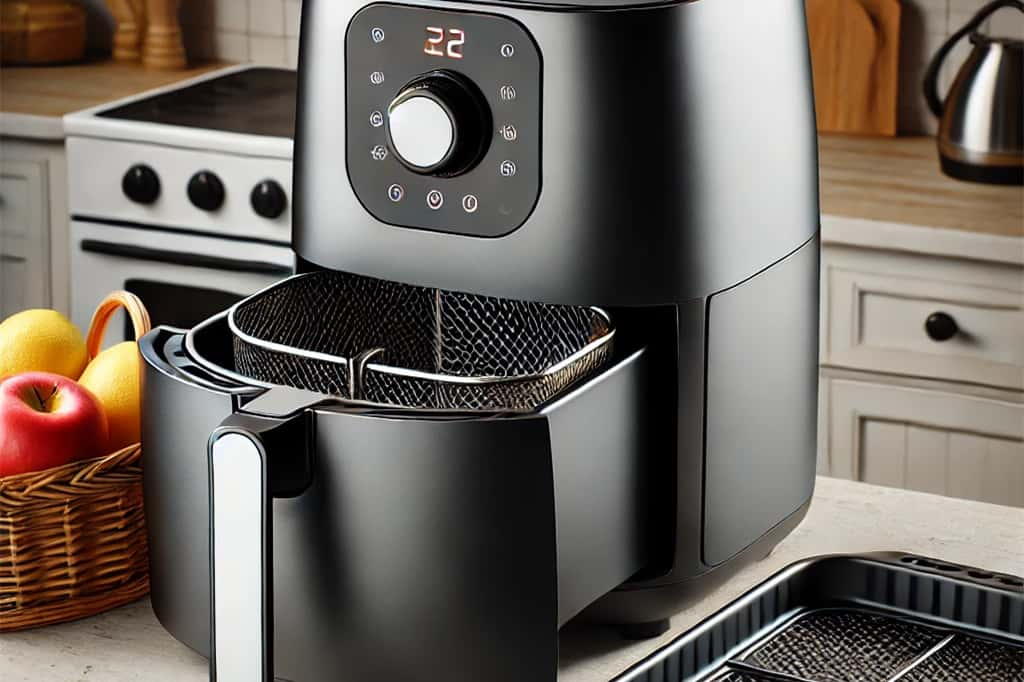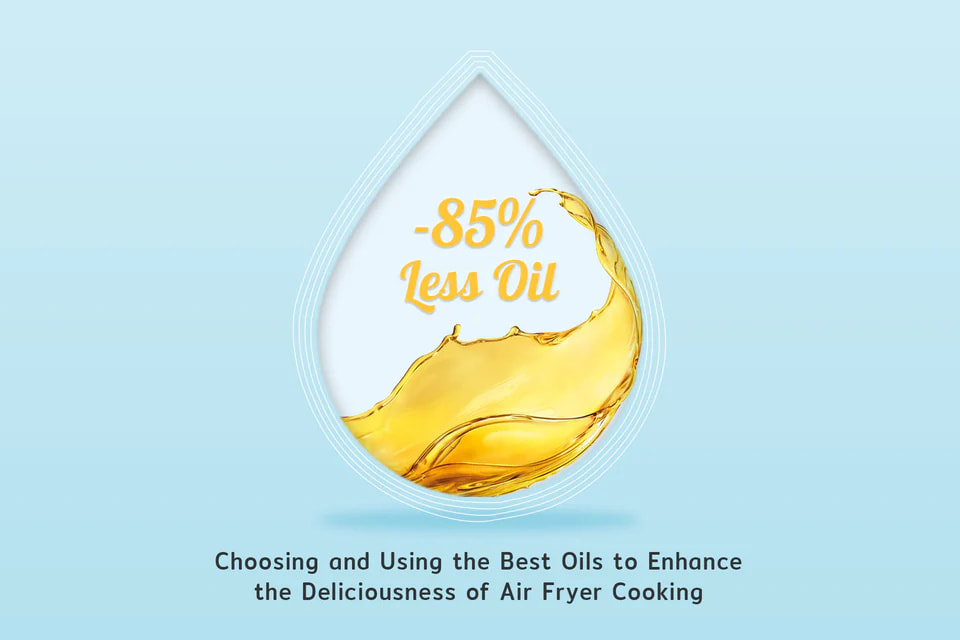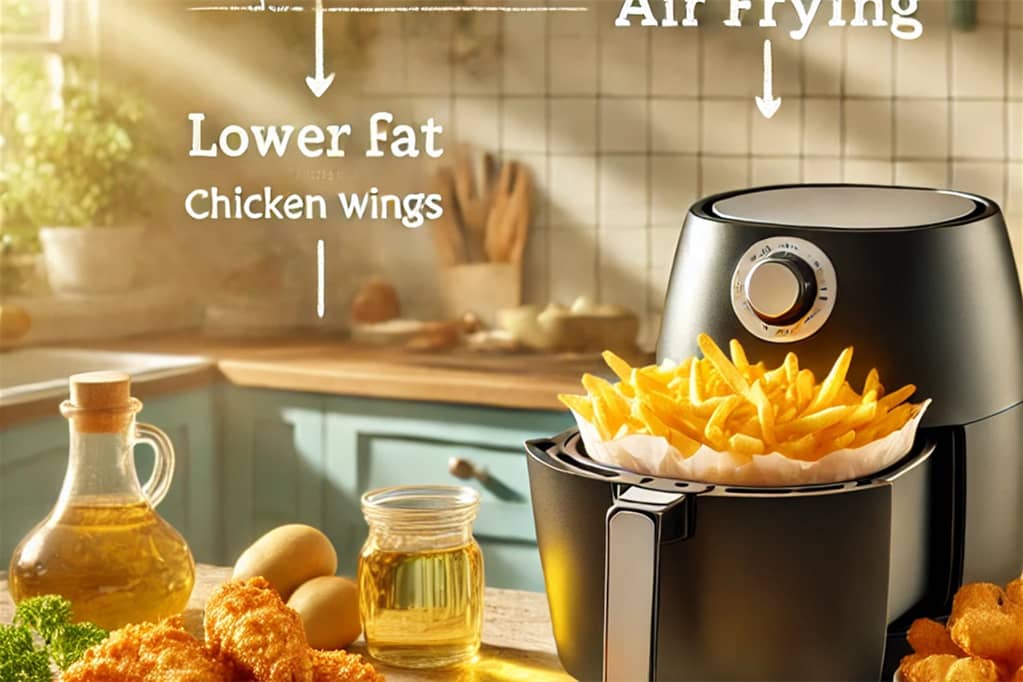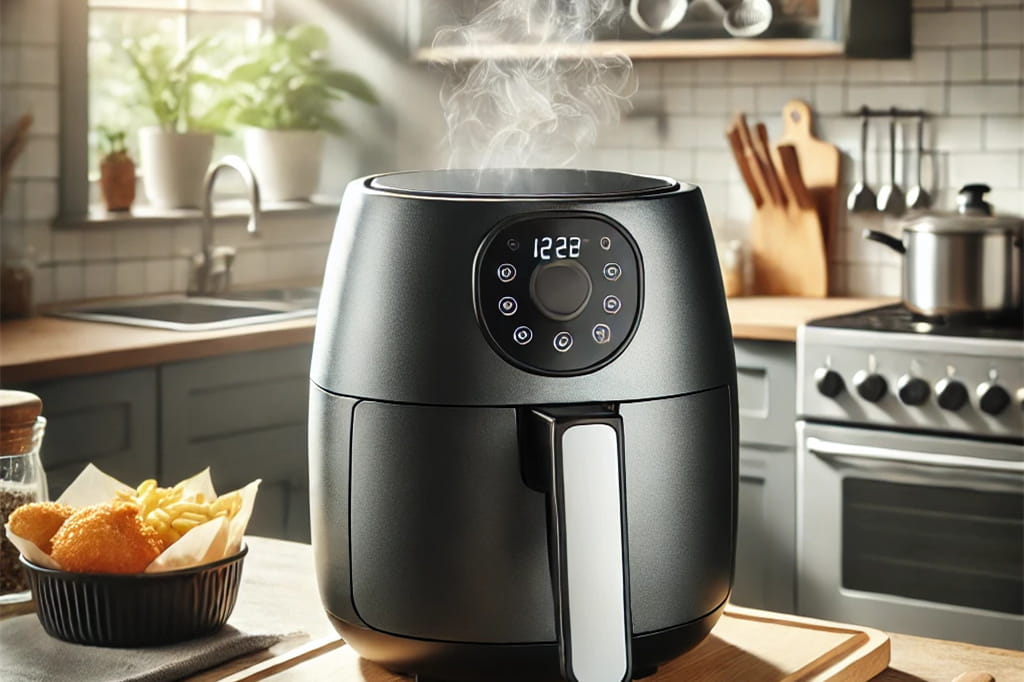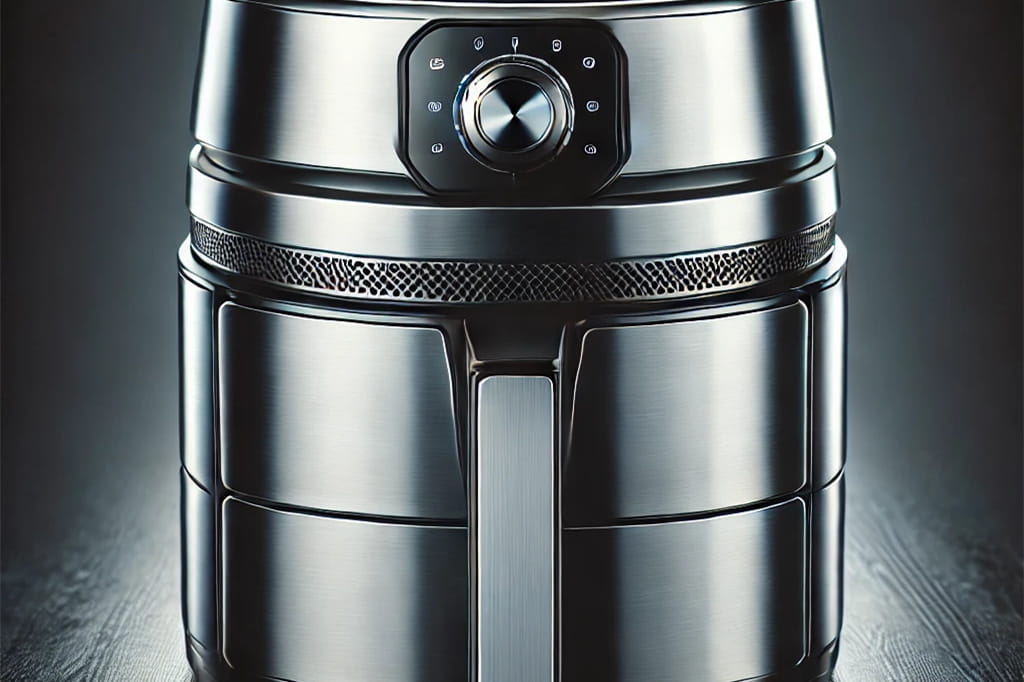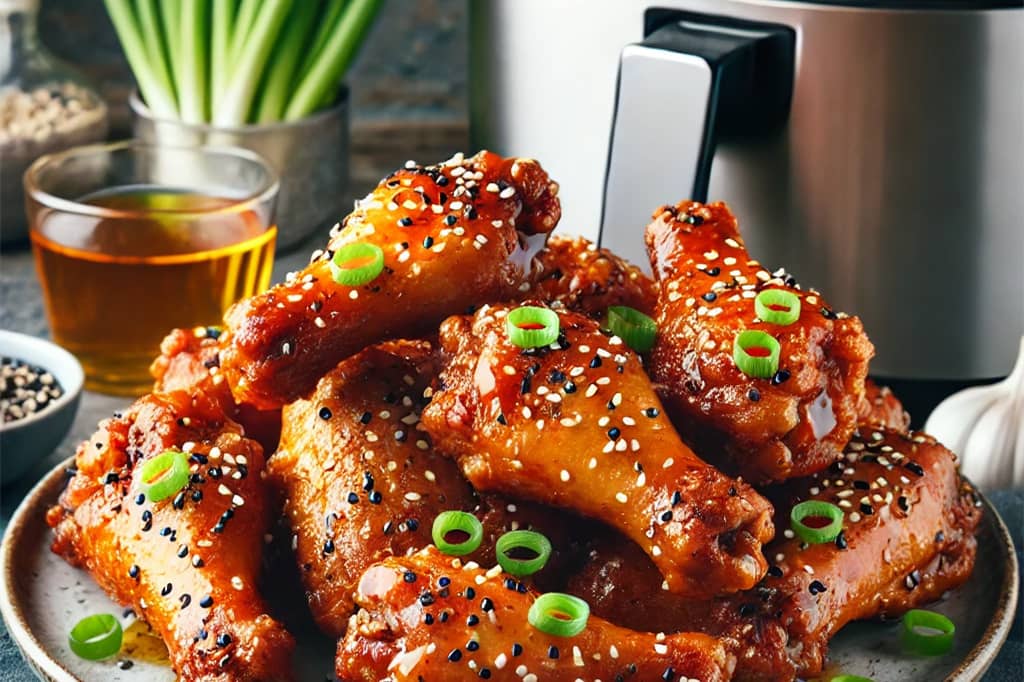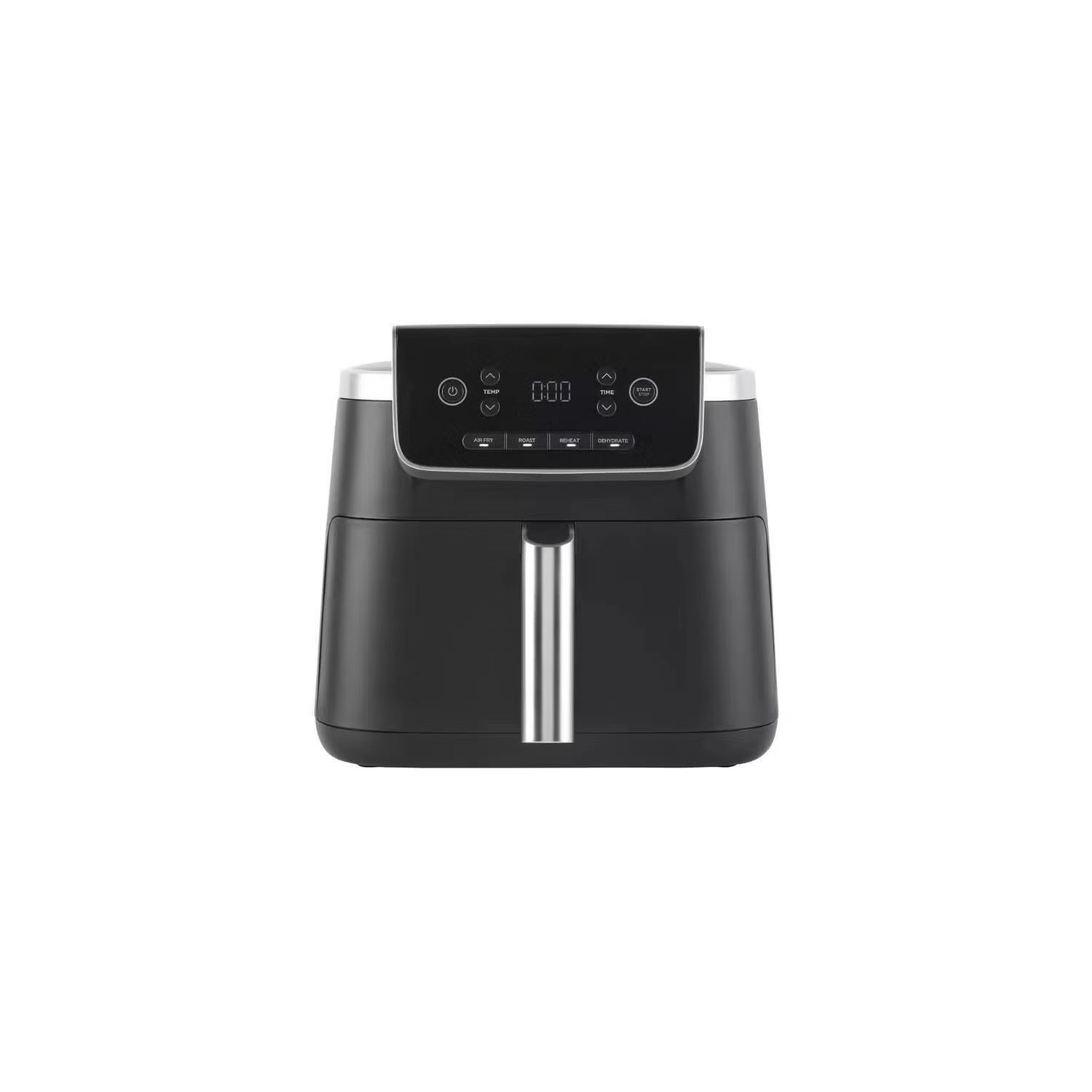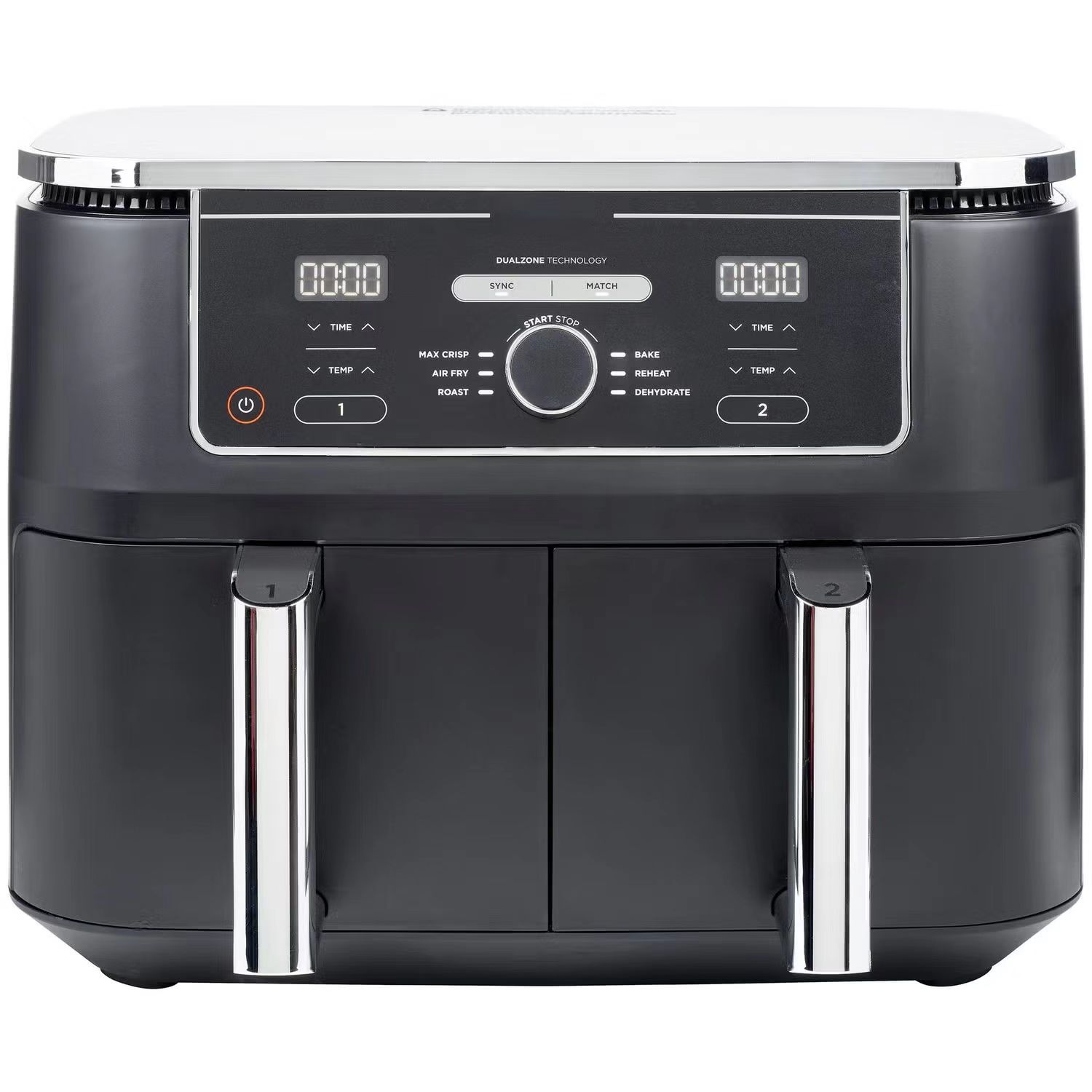Can You Put an Air Fryer on the Counter?
If you're a fan of convenient cooking, chances are you've considered using an air fryer in your kitchen. This trendy appliance makes it possible to cook deliciously crispy foods with little to no oil, providing a healthier alternative to traditional frying. But one question often comes up: Can you put an air fryer on the counter? After all, you want a safe, convenient setup that works in your kitchen space. This guide explores everything you need to know about safely placing your air fryer on the countertop, including safety tips, positioning advice, and what to consider before making it a permanent fixture.
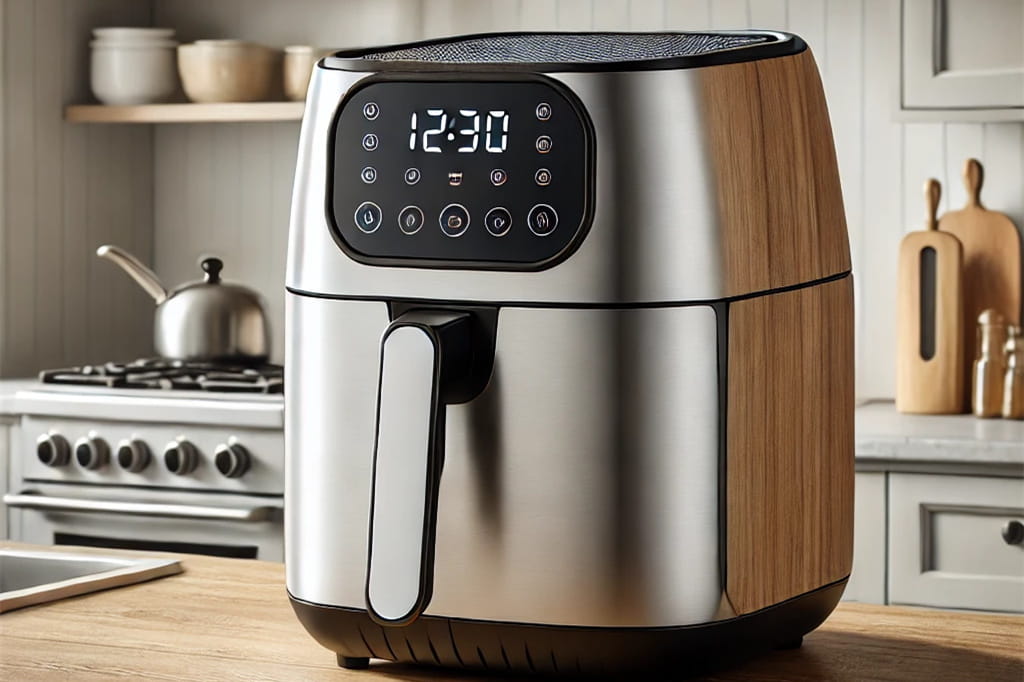
1. Can an Air Fryer Go on the Counter?
Yes, in most cases, an air fryer can safely be placed on the countertop. Many people find it convenient to keep it on the counter, especially if they use it regularly. However, it’s essential to follow specific guidelines to ensure safety. Air fryers generate a considerable amount of heat, particularly from the back and bottom, so you want to make sure that the surface and surrounding area can handle this.
Countertops made from materials like quartz, granite, or marble are typically heat-resistant, making them safe options for air fryer use. However, laminate or wooden surfaces might be more susceptible to heat damage over time. Placing a heat-resistant mat or trivet underneath the air fryer can help protect your countertop, especially if you’re using the appliance frequently.
2. Positioning Tips for Safety and Convenience
When setting up an air fryer on the counter, keep some important positioning tips in mind. Firstly, place it in a location where there’s enough space around it. Air fryers need room to ventilate as they cook, particularly from the back. Placing it too close to a wall or cabinets can restrict airflow, causing it to overheat. Aim to have at least 5-6 inches of space on all sides for proper ventilation.
Consider a spot that allows easy access to electrical outlets. You don’t want to use extension cords if you can avoid it, as these can pose a fire risk. Instead, keep it close to an outlet to minimize clutter and ensure a secure power connection.
Lastly, avoid putting the air fryer near other heat-sensitive appliances or areas, like a refrigerator or stove. Positioning it away from these areas can prevent any risk of heat damage to other appliances and give you a safer cooking environment overall.
3. Choosing the Right Surface
While most people choose the countertop as the most convenient spot for an air fryer, there are other surface options that might work depending on your kitchen layout and available space. For instance, some people place their air fryer on a dedicated cart or stand, freeing up counter space for other cooking tasks.
If you decide to keep it on the counter, choose a spot that doesn’t disrupt your regular cooking routine. Place it in an area that allows you to move freely around the kitchen. Many air fryer manufacturers recommend setting up the appliance on a surface that’s both flat and stable, minimizing the risk of tipping.
4. Protecting Your Countertop
Because air fryers can get quite hot, it's worth considering ways to protect your countertop, particularly if it’s made from a heat-sensitive material. Here are some easy protection tips:
1.Use a Heat-Resistant Mat or Trivet:
Placing a mat underneath the air fryer can reduce direct heat transfer and protect the countertop from any potential damage. Many stores offer affordable, heat-resistant mats made specifically for kitchen appliances.
2.Regularly Check for Heat Damage:
Over time, continuous use can cause slight discoloration or heat spots, particularly on laminate or wooden countertops. Regularly inspect the area to catch any signs of damage early on.
3.Clean Up Regularly:
Any food particles or grease that escape the air fryer can build up on the counter, causing stains or potential fire hazards. After each use, clean the area around the appliance to keep your cooking space safe.
5. Consider Your Kitchen Layout
When deciding where to put your air fryer, think about your kitchen’s overall layout. If you use your air fryer frequently, placing it in an easily accessible spot makes sense. You want it in an area that doesn’t interfere with your cooking flow but is close enough to other tools or ingredients you regularly use.
An organized kitchen helps streamline your cooking process, and keeping the air fryer on the counter can contribute to this if it’s thoughtfully placed. Some people prefer to keep it in a lower cabinet when not in use, then pull it onto the counter when needed. This approach works well if you’re tight on counter space or only use the air fryer occasionally.
6. Safety Considerations for Countertop Use
Safety is always key when using any kitchen appliance, and air fryers are no exception. Here are a few quick safety tips to keep in mind:
1.Unplug After Use:
Always unplug the air fryer when you’re done cooking. This reduces the risk of electrical hazards or accidental activation.
2.Keep Away from Water:
Avoid placing the air fryer near sinks or areas where water might splash. Water and electricity don’t mix, so keep the area dry.
3.Monitor During Use:
While air fryers are generally safe, it’s best to keep an eye on them while cooking. If you notice any smoke, unusual smells, or sounds, turn off the appliance and check for issues.
Final Thoughts
Putting an air fryer on the counter is a convenient and efficient option for many home cooks. With proper positioning, surface protection, and a few safety precautions, you can safely enjoy your air fryer in your kitchen without worries. An air fryer on the countertop adds convenience, speed, and health benefits to your kitchen. Just remember to consider placement, safety, and counter protection, and you’ll have a setup that makes cooking a breeze.


